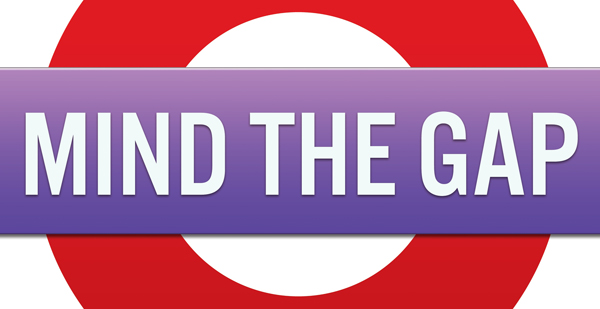 Yesterday Financial Executives International (FEI) ran a guest post by me on their Financial Reporting Blog. The introduction is below, and you can read the entire article about the expectation gap between auditors and the users of financial statements here.
Yesterday Financial Executives International (FEI) ran a guest post by me on their Financial Reporting Blog. The introduction is below, and you can read the entire article about the expectation gap between auditors and the users of financial statements here.
One of the greatest problems with the process of traditional financial statement audits is the expectation gap, which is commonly defined as the difference between what auditors do and what the clients, investors or the public expects. There are also gaps in understanding as to the role of other parties in the financial reporting supply chain, including financial executives, internal auditors, and audit committee members, and how those parties interact with auditors and each other, and the public’s expectations thereof.
[snip]Let’s look at the first part of the Expectation Gap, that between auditors and their clients. The audit engagement letter and other pieces of correspondence from the auditors to the client state that the company is responsible for preventing and detecting fraud. In spite of this, management often points the finger at the auditors for failing to uncover a fraud scheme.
An Expectation Gap also exists between the users of financial statements and the auditors. No matter how many times the investing public is told that audits are not designed to detect fraud, shareholders often believe that financial statement auditors can and will find fraud in companies. Even those who should be savvy in financial matters – – investing professionals, executives, and auditors themselves – – often do not understand that traditional financial statements audits do not regularly detect fraud.



